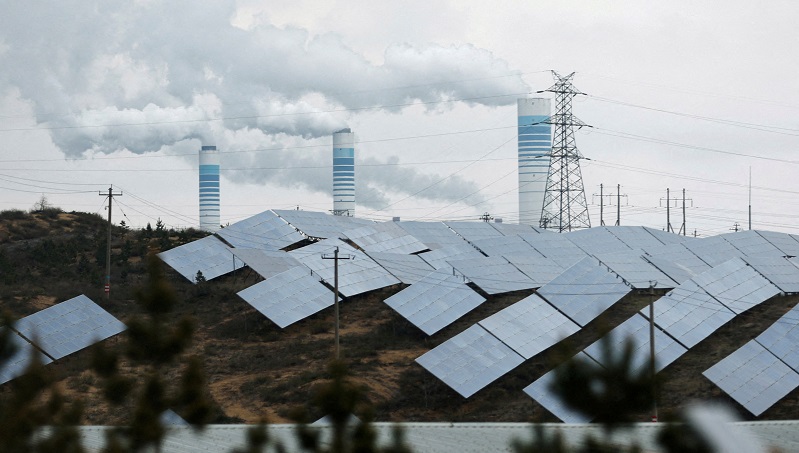China, the world’s biggest renewable equipment manufacturer, will set up a recycling system for ageing wind turbines and solar panels as it tries to tackle the growing volumes of waste generated by the industry, the state planner said.
China has ramped up its wind and solar manufacturing capabilities in a bid to decarbonise its economy and ease its dependence on coal, and it is now on track to meet its goal to bring total wind and solar capacity to 1,200 gigawatts (GW) by 2030, up from 758 GW at the end of last year.
But as older projects are replaced and decommissioned, waste volumes are set to soar, with large amounts of capacity already approaching retirement age, posing big environmental risks.
To cope with the challenge, China will draw up new industrial standards and rules detailing the proper ways to decommission, dismantle and recycle wind and solar facilities, the National Development and Reform Commission, said on Wednesday.
Indonesia delays $20bn green plan, after split with rich nations on grants and new coal plants
The state planning agency said that China would have a “basically mature” full-process recycling system for wind turbines and solar panels by the end of the decade.
Photovoltaic (PV) panels have a lifespan of around 25 years, and many of China’s projects are already showing significant signs of wear and tear, China’s official Science and Technology Daily newspaper said in June.
The paper cited experts as saying that China would need to recycle 1.5 million metric tons of PV modules by 2030, rising to around 20 million tons in 2050.
The problem of waste from the renewable energy sector has become a growing global concern. Total waste from solar projects alone could reach 212 million tons a year by 2050, according to one scenario drawn up by the International Renewable Energy Agency (IRENA) last year.
